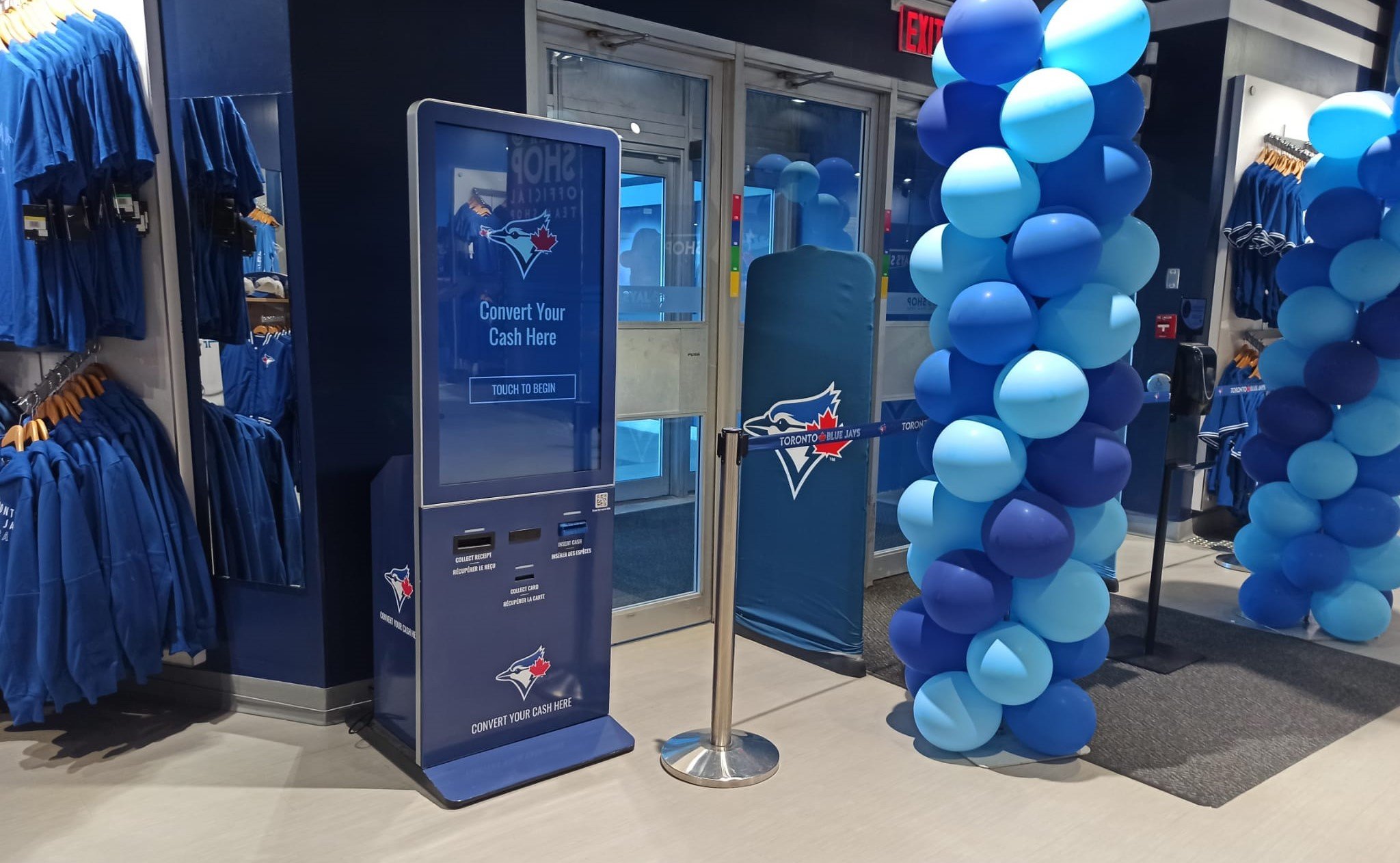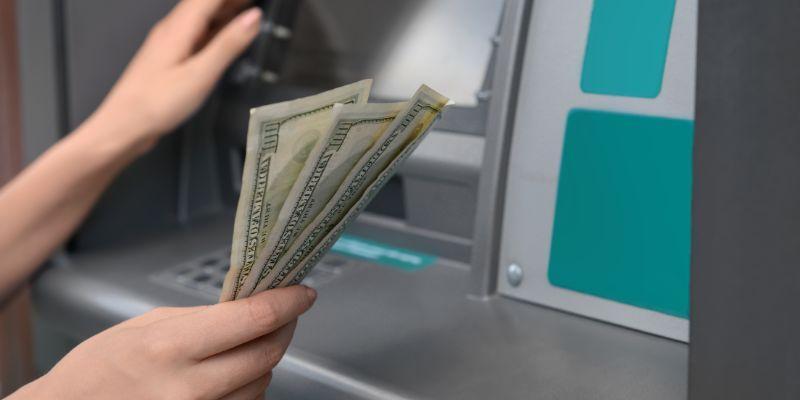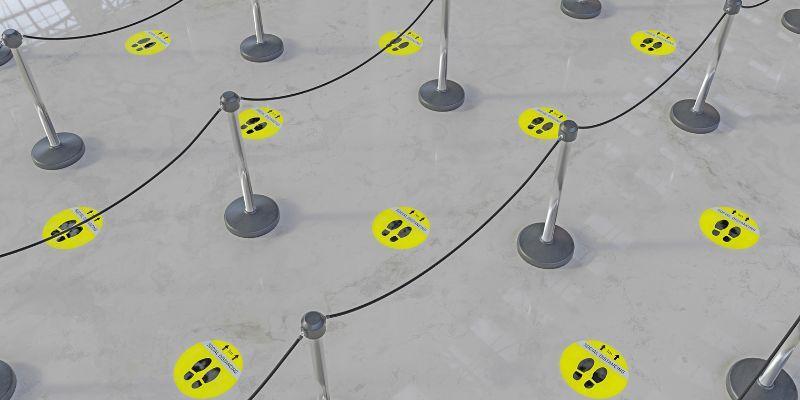In this blog:
- What are digital payments?
- Various types of digital payments
- Benefits of digitizing payments
- Promoting digital payments with self service
Digitizing cash payments with the use of modern technology serves to benefit everyone in one way or another. These payments include remittances, cash deposits, transfers and even day-to-day POS transaction payments. Aside from benefitting individuals, businesses and governments, digitizing payments also stands to serve a number of G20 goals at the same time.
What are Digital Payments?
Digital payments are simply payments where the money is transferred electronically between the accounts of the two parties involved in a transaction holding monetary value. This may include any kind of transaction be it paying for dinner or sending money back home for your family. This may also include transactions that help convert physical cash into digital currency such as a cash deposit into your bank account or loading money onto a prepaid card.
Various Ways to Pay Digitally
There are various mediums that facilitate digital payments and the most commonly used and well known one is probably an EMV Debit/Credit card. Most adults with a bank account have one of these cards that is readily accepted at any sales terminal.
Digital wallets are another recent means of paying electronically. Digital wallets are essentially banks with no physical branches and all banking activities are performed online, on an app, or via a mobile money agent. A lot of these digital wallets also offer virtual and physical EMV cards for universal acceptability. Most POS machines now even have tap-to-pay functionality so it’s as easy as tapping your card or smartphone to fulfill a payment.
Most recently, we have started seeing the acceptance of cryptocurrency for completing transactions. So customers with crypto wallets can pay for their coffee using bitcoin.
The Benefits of Going Digital
Going digital with payments has some obvious benefits and some that aren’t so obvious. The obvious benefits include the convenience and efficiency of paying digitally; no need to fumble around looking for cash in your wallet/purse, no need for the teller to count change, and the payment are instant so wait times for queueing customers are also reduced drastically.
Financial Inclusion
With an emphasis on digitizing payments comes the development of infrastructure that can support digital payments. And with increased infrastructure comes increased access to financial products for those who previously may not have been able to even open a simple checking account due to lack of documentation or access to a bank branch.
When digital payments start becoming a norm, more people start using mobile wallets which prompts the growth of the mobile money network, spreading far and wide, into remote and urban locations. This brings more people closer to accessing financial products and having simple mobile money accounts.
Greater financial inclusion stands to serve marginalized communities in developing regions such as migrants, women, people of color, and so on. The aim is to reduce costs and barriers to simple financial products so that they can conveniently send and receive money at the very least.
Economic Growth
A byproduct of increasing financial inclusion is economic growth. The trickle-down effect of more people coming into the financial net is increased economic activity as people send remittances through the mobile money network and tertiary cottage industry businesses can accept digital payments via transfer. Since all of this is being documented, tax collection also increases and injects growth into the economy having a circular effect i.e. creating jobs, increasing consumption and attracting more foreign investment into the domestic market.
Greater access to financial services means people can now buy insurance, open savings accounts, and access credit services. With these products they can actively participate in the economy, spurring economic activity and growth.
Safety & Security
It’s an undeniable fact that digital payments are safer and more secure due to there being no tangible currency involved in the transaction. With physical cash, businesses, and individuals are always prone to theft and loss of assets whereas with digital payments you’re only prone to losing a very replaceable plastic card or the password to your mobile banking/wallet app which can also be very easily reset.
Not to mention, the added security protocols and fail-safes built into payment systems by credit card companies like VISA and Mastercard make it almost impossible to malign the system or hack in.
Promoting Digital Payments
Digitizing payments goes hand-in-hand with going cashless, it’s essentially the first step towards a cashless society. However, people often confuse going cashless with a negative connotation comparing a cashless society to an Orwellian one where they’re constantly being monitored. Those are all misconceptions and the self-service industry is trying to eradicate them by offering no-strings-attached prepaid services to make digital/cashless payments.
Reverse ATMs
Reverse ATMs or Cash-To-Card machines are freestanding kiosks that convert physical cash into a prepaid active VISA or Mastercard that is ready to use out of the box. These cards can be topped up as well and don’t require any KYC or identity-based registration. The purpose of these kiosks is to help people transition towards digital payments by offering a simple prepaid digital payment solution to show them the convenience and other benefits of digitizing payments.

This makes the consumer more comfortable with digital payments and encourages them to purchase more advanced financial products like credit cards and savings accounts. Right now, a lot of cashless venues like sports stadiums are using these kiosks to service unbanked and cash customers.
Banking Kiosks
Self-service kiosks made specifically for financial institutions like banks include cash & check deposit machines, cash recyclers, and card issuance kiosks. This suite of kiosks makes it very easy to bank and enroll in a bank without ever stepping foot in a bank branch. Yes, you heard right, from opening an account to getting your first debit card, the whole process has been digitized with self-service.
This means you could walk up to one of these kiosks at any hour of the day to open an account, make a deposit, get a replacement debit card, make a bill payment, and so on. The possibilities with this technology are endless. The most important feature of self-service banking is the ease of access for individuals who would otherwise not be able to visit a bank between 9 to 5.
Self-service onboarding makes it very easy to set up your account and get your first debit card. It takes minutes and you can start making digital payments right away.
In Conclusion…
Digitizing payment infrastructures can lead to immense benefits for any nation and the responsibility of making this transition lies on governments and financial institutions. There are more resources than ever to introduce people to and help them transition towards digital payments.
BOOK A FREE DEMO





